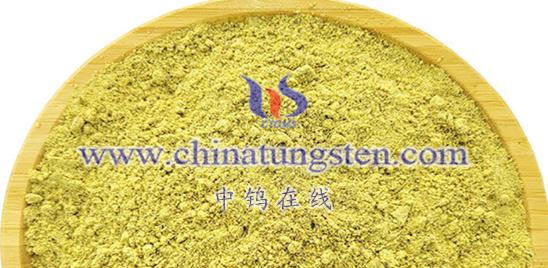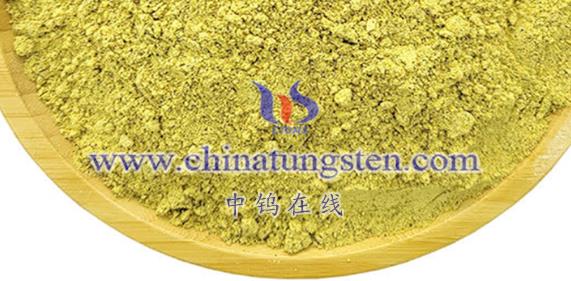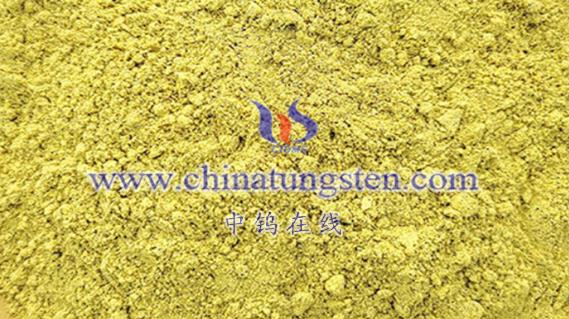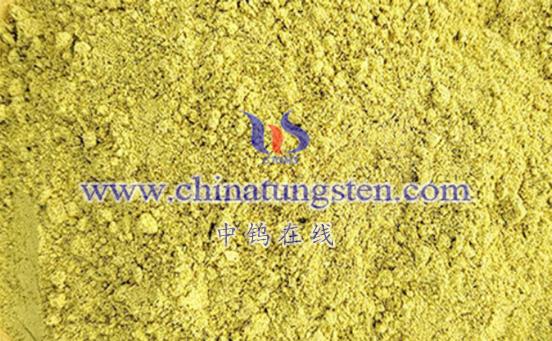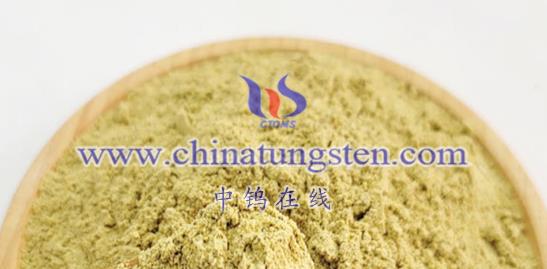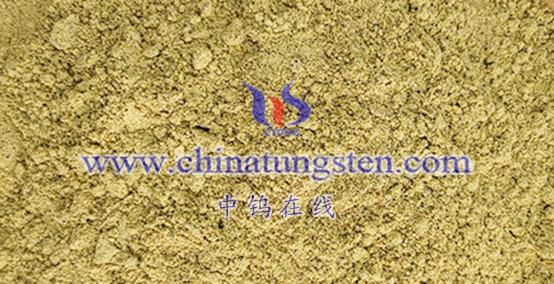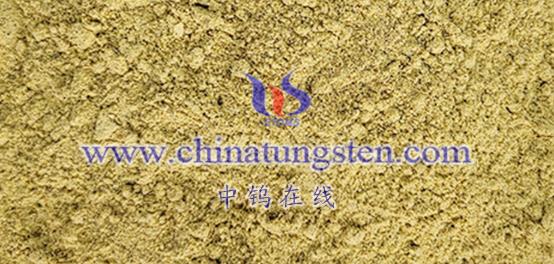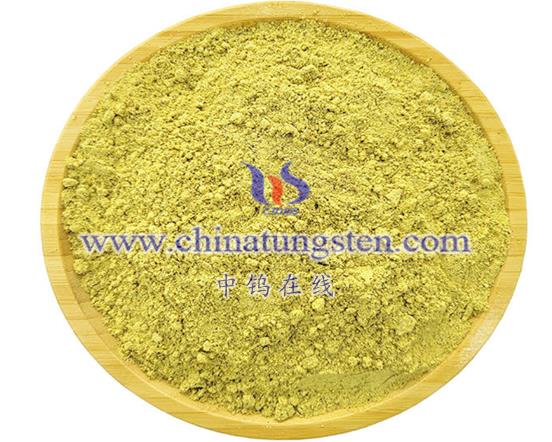
Nanometer tungsten oxide, especially tungsten trioxide (WO3), holds significant importance in the field of optoelectronics. Below is a detailed explanation of its optoelectronic significance:
- Photoelectric Conversion Performance
Nanometer tungsten oxide exhibits excellent photoelectric conversion performance, capable of converting light energy into electrical or chemical energy. In optoelectronic devices, such as solar cells and photodetectors, nanometer tungsten oxide acts as a crucial material by absorbing light from sources like sunlight. This absorption generates photo-excited electrons and holes, enabling efficient photoelectric conversion. This ability makes nanometer tungsten oxide highly promising for renewable energy applications and optical detection technologies.
- Photocatalytic Performance
The photocatalytic performance of nanometer tungsten oxide is another key component of its optoelectronic significance. As mentioned earlier, nanometer tungsten oxide can catalyze various chemical reactions under light exposure, such as hydrogen production via water splitting and the photocatalytic degradation of organic pollutants. These photocatalytic reactions not only have potential for environmental protection and energy conversion but also drive technological advancements and industrial upgrades in related fields.
- Material for Optoelectronic Devices
Nanometer tungsten oxide is commonly used as a key component in optoelectronic devices. For instance, in transparent conductive films, nanometer tungsten oxide offers good conductivity and transparency while maintaining the film’s flexibility and mechanical strength. Such films have wide applications in electronic products like touchscreens and displays. Additionally, nanometer tungsten oxide can be utilized to create sensors, photoelectric switches, and other optoelectronic devices, enabling the detection and response to optical signals.
- Tuning of Optoelectronic Properties
The optoelectronic properties of nanometer tungsten oxide can be regulated in various ways. By altering its morphology, size, and crystal structure, its bandgap and photoelectric conversion efficiency can be adjusted. Additionally, doping or combining tungsten oxide with other materials allows further control over its optoelectronic characteristics. This flexibility in tuning its properties increases the potential for applying nanometer tungsten oxide in a wider range of optoelectronic fields.
- Foundation for Scientific Research
Research on nanometer tungsten oxide in the optoelectronic field not only drives the development and application of related technologies but also provides essential data for scientific investigation. By studying its optoelectronic properties, researchers can uncover the fundamental mechanisms and laws governing semiconductor materials in processes like photoelectric conversion and photocatalysis. This research offers theoretical guidance for the development and application of new optoelectronic materials.
Conclusion
Nanometer tungsten oxide plays an important role in the field of optoelectronics due to its exceptional photoelectric conversion performance, photocatalytic properties, and potential as a key material in optoelectronic devices. Its application potential spans renewable energy, optical detection, and numerous other optoelectronic fields, making it a material of high scientific value and wide-ranging technological significance.
More details of tungsten oxide product, please visit website: tungsten-oxide.com
Please contact CHINATUNGSTEN for inquiry and order of tungsten oxide:
Email: sales@chinatungsten.com
Tel.: 86 592 5129595
